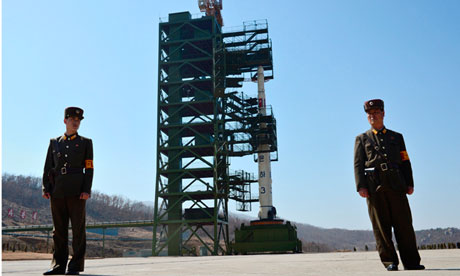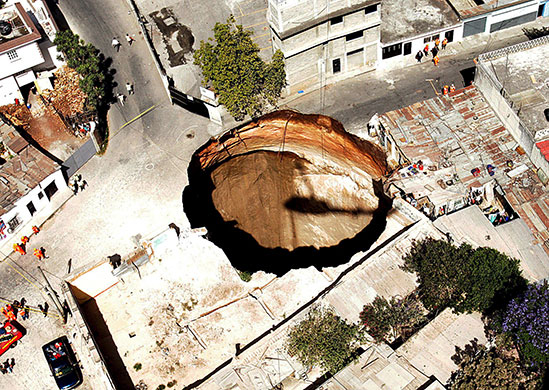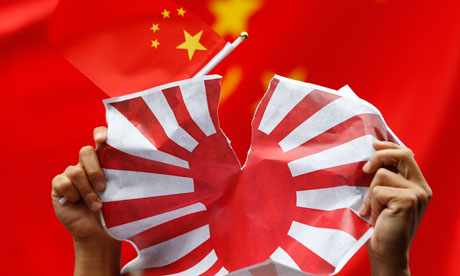http://www.abc.net.au/news/2013-03-07/south-korea-issues-warning-over-north-threat/4557422

South Korea has promised strong and swift retaliation against the communist North if it carries out a threat to attack it.
Angered by a joint military exercise between South Korea and the United States planned for next week, Pyongyang has warned it will launch strikes if the drill goes ahead.
A spokesman for Kim Jong-un’s regime appeared on state television on Tuesday (local time) and said Pyongyang had torn up the armistice that ended the Korean War in 1953.
Seoul rarely responds to these outbursts but in a press conference, a South Korean military spokesman vowed strong and resolute retaliation if Pyongyang opens fire.
“We have all preparations in place for strong and decisive punishment, not only against the source of the aggression and its support forces but also the commanding element,” South Korean army Major General Kim Yong-hyun said.
South Korea’s new president Park Geun-hye had pledged to engage the North if it dropped its nuclear plans, but now faces the prospect of a hostile challenge early in her five-year term.
North Korea is gearing up to expand its own military drills and may be preparing to test-fire short-to-medium-range missiles by banning flights and sailing off its coast, South Korea’s Yonhap news agency said, quoting South Korean government sources.
“The North’s military … is preparing large-scale combined military exercises so it may have blocked off the areas for nautical firing or fighter jet firing exercises,” Yonhap quoted a South Korean government source as saying.
“But the firing of missiles cannot be ruled out.”
The South’s defence ministry and office of the joint chiefs of staff could not confirm that report, but South Korean officials have said the North is conducting military exercises that appear to be larger in scale than in previous years.
Preparing for war?
Japan’s Kyodo news agency is now reporting that camouflage netting has been placed over buses and trains in Pyongyang, the first time in years such measures have been taken.
The news agency speculates it is an indication the country is preparing for a possible war.
Tensions have ratcheted higher across the Korean peninsula since the North launched a long-range rocket in December.
This was followed with a third nuclear test on February 12, triggering the prospect of more UN sanctions that are due to be formally announced on Thursday after the United States and China, the North’s one major diplomatic ally, struck a deal to punish Pyongyang.
The proposed fresh sanctions would explicitly ban the sale to Pyongyang of items coveted by North Korea’s ruling elite, such as yachts and racing cars, a UN Security Council diplomat said on condition of anonymity.
The US ambassador to the United Nations, Susan Rice, said the new sanctions would target “the illicit activities of North Korean diplomatic personnel, North Korean banking relationships, (and) illicit transfers of bulk cash”.
Despite sanctions, Pyongyang now has a nuclear stockpile sufficient for around half a dozen warheads, has made substantial progress in developing a long-range missile and is working towards miniaturising a nuclear warhead for an intercontinental ballistic missile.











